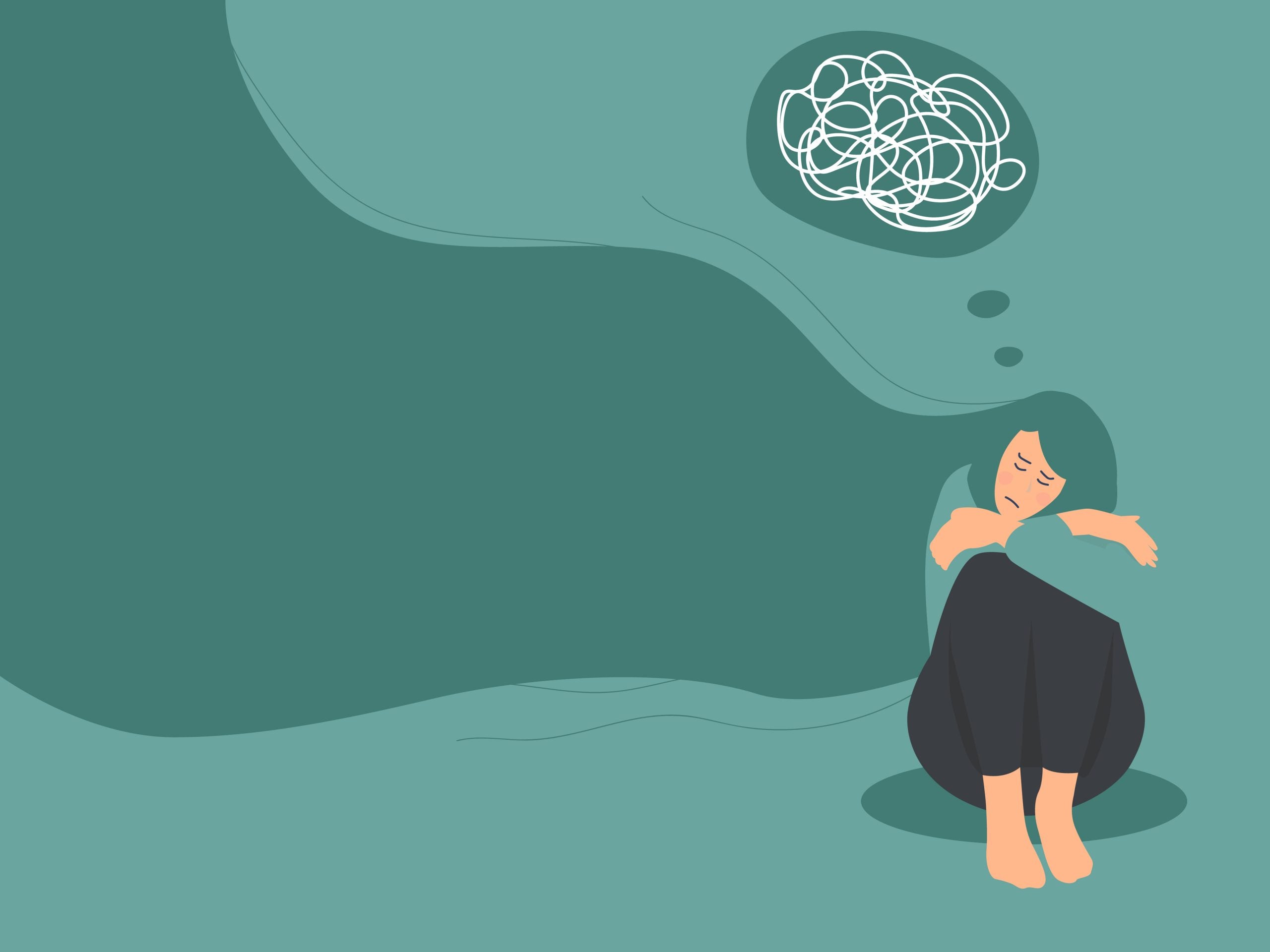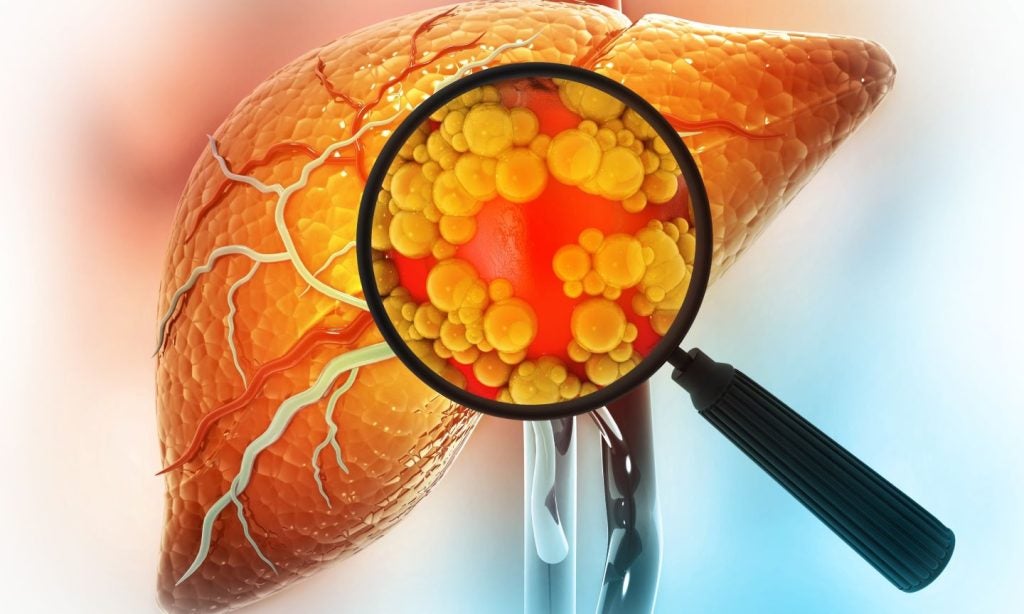
Need to know:
- Sage and Biogen’s oral zuranolone is taken for two weeks with evidence its rapid-acting antidepressant effects last beyond the treatment period.
- But efficacy data from a key Phase III trial was modest, raising eyebrows over zuranolone’s ability to compete in a crowded antidepressant field.
- Multiple positive late-stage trials and a strong safety profile nevertheless back a likely zuranolone approval.
Sage and Biogen’s zuranolone could offer an improved dosing schedule and tolerability profile over competitors in major depressive disorder (MDD). But its mild-to-moderate efficacy will make zuranolone a tough sell in a market dense with low-cost, established alternatives.
Zuranolone—an oral GABA-A receptor positive allosteric modulator—is taken daily for only two weeks and could have a sustained antidepressant effect. Though this offers an advantage over traditional antidepressants that require continued dosing, the magnitude of zuranolone’s effect is not a gamechanger.
Zuranolone has FDA breakthrough designation. Sage believes it has the efficacy data to file the first NDA for zuranolone, the company’s chief medical officer Steve Kanes said in an email. The FDA typically requires two positive, late-stage trials for an MDD approval, which experts this news service interviewed say Sage and Biogen have. Zuranolone’s package includes data from the Phase III WATERFALL and ROBIN studies, the Phase II MDD-201 study, and open-label data from the Phase III SHORELINE study.
The WATERFALL effect
The efficacy benefit in the 543-patient WATERFALL trial is only small-to-moderate, raising questions of its appeal in an MDD field looking for large effect sizes in new therapies, said Dr Joshua Rosenblat, a psychiatrist and clinician researcher at Toronto Western Hospital. In the Hamilton Rating Scale for Depression (HAM-D) scale—which was zuranolone’s primary endpoint in WATERFALL—clinicians typically look for at least a 25% greater improvement in the treatment arm than in the control arm, Rosenblat explained.
In absolute terms, it is clinically meaningful to beat placebo by three to four points along the HAM-D, added Dr Roger McIntyre, who researches mood disorders at the University Health Network in Toronto.
How well do you really know your competitors?
Access the most comprehensive Company Profiles on the market, powered by GlobalData. Save hours of research. Gain competitive edge.

Thank you!
Your download email will arrive shortly
Not ready to buy yet? Download a free sample
We are confident about the unique quality of our Company Profiles. However, we want you to make the most beneficial decision for your business, so we offer a free sample that you can download by submitting the below form
By GlobalDataAfter 15 days, patients on 50mg of zuranolone had a mean change from baseline in HAM-D score of -14.1 compared to -12.3 in placebo, according to a 15 June company press release. Typical placebo responses in MDD trials are large, and there is no consistent drug-placebo difference margin that can be used to evaluate the efficacy of drugs for the treatment of MDD in comparative trials, Kanes said.
Dosing advantages intriguing
Overall, zuranolone’s rapid onset, sustained effect, and efficacy in a high percentage of patients could provide strong advantages over traditional antidepressants, said WATERFALL investigator Dr Anita Clayton of the University of Virginia. And zuranolone’s distinct mechanism from existing MDD therapies could provide a significant benefit in a space where many new approvals have been “me too” drugs, Rosenblat added.
Patients who responded to zuranolone after two weeks retained an average of 86.1% of their HAM-D improvement at day 42, a secondary endpoint of WATERFALL, though there was not a statistically significant separation from placebo. A biostatistician told this publication that Sage’s publicly available analysis of WATERFALL data, including the statistically significant primary endpoint, is sound.
Zuranolone’s rapid onset, dosing schedule, tolerability and efficacy represent a potential risk-benefit profile that is differentiated from the most prescribed depression drugs on the market, Kanes said.
FDA approval likely
In MDD, the FDA typically requires two positive, late-stage trials for an approval, Rosenblat, McIntyre and Clayton explained. In addition to meeting its primary endpoint in WATERFALL, zuranolone met its primary endpoint in the 1,550-patient Phase III SHORELINE trial. Sage’s total package of zuranolone data is sufficient for a potentially successful approval, McIntyre said.
However, in the 581-patient Phase III MOUNTAIN trial, which tested a 30mg dose, zuranolone did not separate from placebo along the HAM-D scale at the day 15 primary endpoint. But it did demonstrate a statistically significant effect at days three, eight and 12, which were all secondary endpoints. If a company has two positive trials in MDD, negative trials typically do not count against a drug’s approval chances, McIntyre said.
Sage previously had two additional Phase III trials planned—REDWOOD and RAINFOREST—but terminated them because it does not believe they will be necessary for its NDA submission after discussions with the FDA, according to a 3 August company press release.
Zuranolone safety reassuring
There were no major safety concerns with zuranolone, and the drug appeared to have strong tolerability compared to existing treatments, Rosenblat and McIntyre agreed.
Most treatment- emergent adverse events (TEAEs) were mild or moderate, and severe TAES occurred in 3.0% of zuranolone patients and 1.1% of placebo patients. Somnolence, dizziness, and headache were the most common TEAEs in zuranolone patients.
Zuranolone has shown no evidence to date of withdrawal, weight gain, sexual dysfunction, euphoria, GI upset, or sleep disruption symptoms that are typically the cause of treatment discontinuation with SSRIs, Sage’s Kanes said.





